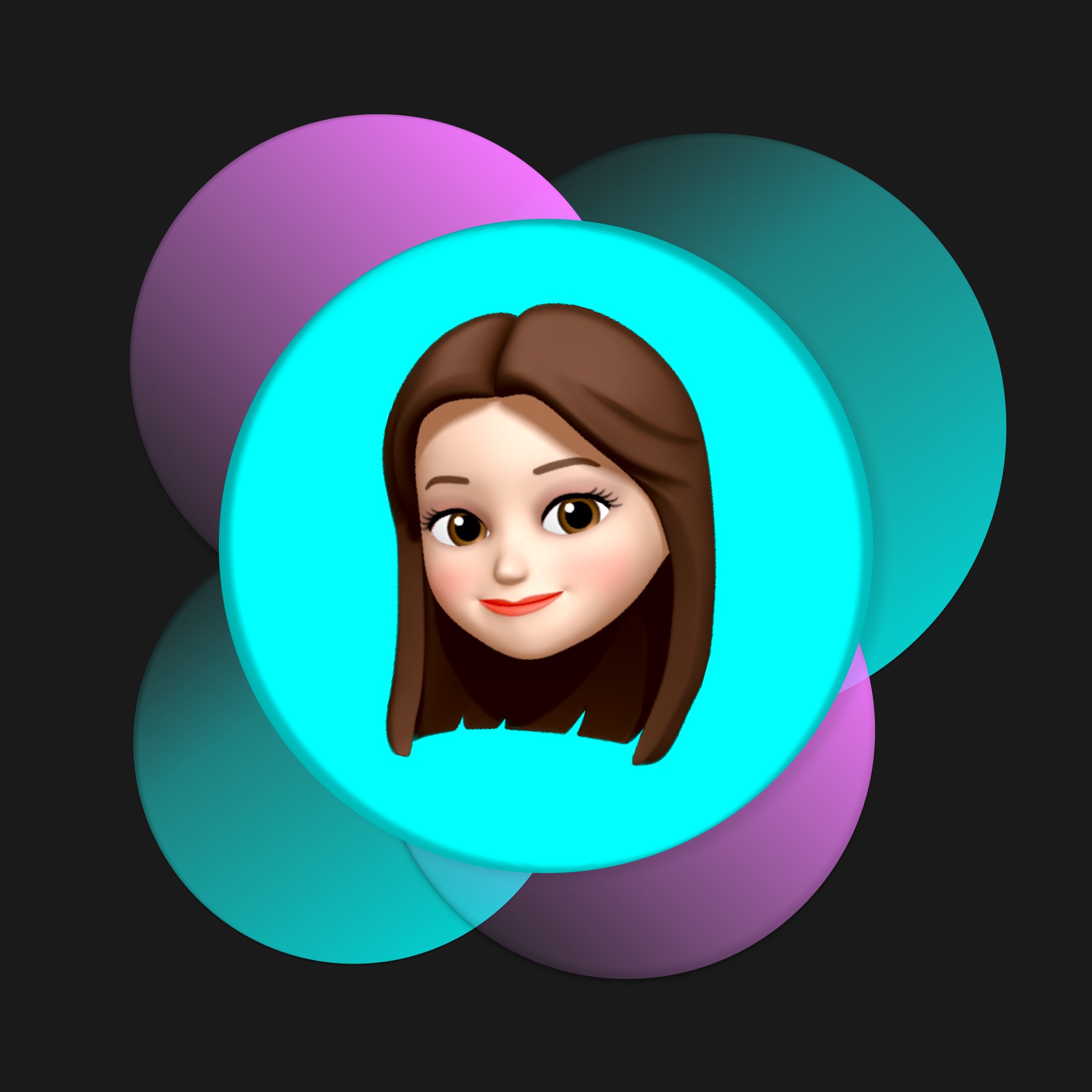- UX개선사례
- DataDriven
- 근접성의 법칙
- IKEA Effect
- 넛지효과
- UXUI부트캠프
- 프레임 이해
- UXUI리뷰
- 공통영역의 법칙
- 스파르타코팅 UXUI
- Doherty threshold
- 모달의 개념
- 피그마 프로토타이핑
- process flow
- 모바일 버튼 크기
- Fitts’s law
- Zeigarnik Effect
- 피그마단축키
- Jakob’s Law
- 제이콥의 법칙
- mental model
- 5whys
- 유저페르소나
- 고객여정지도
- Goal-Gradient Effect
- UX Psychology
- 밀러의 법칙
- UXUI개선
- 피그마 플러그인
- Mental model discordance
Happiness!
#UX Psychology 1. mental model/Jakob’s Law/Confirmation Bias 본문
#UX Psychology 1. mental model/Jakob’s Law/Confirmation Bias
The number zero 2023. 12. 10. 19:10Due to inherently imperfect information processing abilities, humans take a shortcut in decision making called ‘heuristics’ to reduce errors when decisions are needed.
It refers to a decisionmaking method in which decisions are made spontaneously and intuitively with limited information rather than through rigorous analysis of an issue or situation.
1. Mental model(멘탈 모델)
A mental model is a description of someone's thinking process about how something works in the real world.
That is, what you think you know about how the system works.
1-1.Mental model discordance(멘탈 모델 부조화)
When the design is misaligned with the mental model, mental model dissonance occurs, which adversely affects the way users perceive the product or service and the speed at which they understand it.

2. Sensory memory
Sensory memory is the first step in all information processing.
2-1. Attention
It is a process of selecting information to focus on through perception and reasoning.
3. Short-term memory
It tells you what you are currently perceiving and quickly interprets the information using various information collected by your sense organs.
Although it lasts longer than sensory memory, its processing capacity is small, so if there is no repetitive learning, it is quickly forgotten.
4. Long-term memory
It is a method of storing information for a long time, has almost infinite capacity, and is composed of a complex network.
4-1. schema(스키마)
It is a set of characteristics that multiple entities have in common, and is a type of behavior obtained through repetition in various contexts and situations.
4-2. Jakob’s Law(제이콥의 법칙)
This means that it must be provided in a way that users are already familiar with.
5. Confirmation Bias(확증편향)
It is the tendency to confirm one's original thoughts or beliefs. As the saying goes, “People only see what they want to see.”
'Design Contents > UXUI' 카테고리의 다른 글
| Design Thinking. Data-Driven / 5whys (0) | 2024.01.09 |
|---|---|
| #UX Psychology 3. Doherty threshold/Fitts’s law/Halo effect (1) | 2023.12.18 |
| #UX Psychology 2. Goal-Gradient Effect/Zeigarnik Effect/IKEA Effect (0) | 2023.12.11 |
| What is a flowchart? / Process Flowchart (1) | 2023.12.07 |
| What is UX/UI Design? / The importance of 'Design Thinking' (2) | 2023.12.05 |



